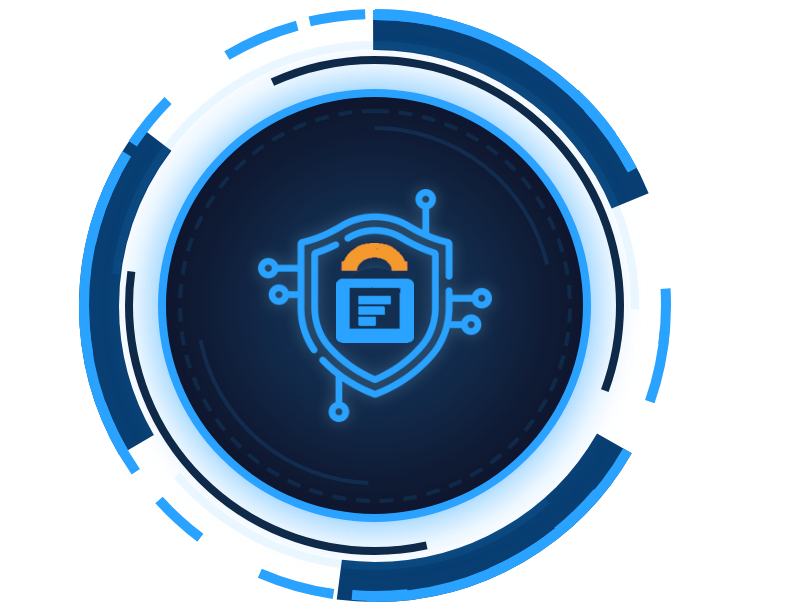
The secret to achieving your business strategy isn’t keeping information secure, it’s figuring out who to share it with securely.



Good security is boring and predictable. Goals, strategy, tactics and roadmaps are well defined. Everyone understands the guardrails and their role in protecting organization assets.
Mistakes still occur and incidents beyond your control will still affect you, but you are ready to respond quickly — managing risks and impacts. You can rely on your people and processes, and the organization can rely on you.
It’s not about Security. It’s about Trust.

Locked down, restricted, isolated are common euphemisms for "secure" but have you ever seen a business strategy use these terms? Your employees need access, and you need to connect to your partners and providers. Chasing "security" only leads to frustration -- for everyone.

Linking your Cybersecurity Strategy to the organization's Strategy and actively managing risks allows the organization to move quickly and decisively. Everyone understands the guidelines and their role in protecting organization assets. Communication, transparency and reliability build the trust necessary to have an excellent cybersecurity program that supports the organizations goals.

A Virtual Chief Information Security Officer (vCISO) brings years of experience, from a range of companies and industries, to jump start cybersecurity efforts for your organization on a part-time or on-demand basis. No matter the size or maturity of your organization, you may still benefit from fractional CISO support.

Developing a Cybersecurity Strategy, Tactics, and Roadmaps are crucial components of any organization’s approach to protecting its digital assets and mitigating cyber threats. They are necessary to align cybersecurity resources with organization goals, help communicate risk management capabilities, and raise awareness of potential opportunities and implications.

Cybersecurity support for merger and acquisition (M&A) activities is crucial to ensure that the integration of two organizations doesn’t introduce new cybersecurity risks or vulnerabilities, respects data protection agreements and addresses vendor supply chain risks. Early analysis of cyber risks present an opportunity to shape the structure or valuation of the deal to align with the actual risk profile.

Organizational risk management is a fundamental responsibility of the Board of Directors. Many aspects of enterprise risks are well understood and have years of successful management (e.g. financial, regulatory, geopolitical, resource.) Cyber Risks are relatively new but have rapidly grown in profile and impact as organizations are now completely reliant on technology.

GRC (Governance, Risk Management, and Compliance) is a comprehensive approach that organizations use to align their business objectives with regulatory requirements and manage risks effectively.

Cybersecurity awareness educates employees, executives, vendors and partners about cyber risks, mitigations, organization expectations and personal implications. The desire is not to transform everyone into cybersecurity experts, but to give them the knowledge and tools they need to make fully informed decisions that support their objectives and protect the organization’s assets.


Copyright © 2024 Biswanger Consulting Group Inc. All Rights Reserved